Cyanuric fluoride
- CAS NO.:675-14-9
- Empirical Formula: C3F3N3
- Molecular Weight: 135.05
- MDL number: MFCD00014597
- EINECS: 211-620-8
- SAFETY DATA SHEET (SDS)
- Update Date: 2024-08-02 16:47:38
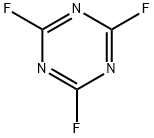
What is Cyanuric fluoride?
Chemical properties
Colorless liquid. Decompose violently with water and alcohol.
Characteristics
Cyanuric fluoride is a key intermediate in the synthesis of fluorine homotriazine reactive dyes. Compared with the traditional chlorotriazine reactive dyestuff, fluorine homotriazine reactive dyestuff has the following five advantages:
1. Energy saving, low dyeing temperature (medium temperature type) 60℃, lower than KE type reactive dyestuff and comparable to M type reactive dyestuff.
2. Emission reduction, environmental protection, high fixation rate, 15-20 percentage points higher than the corresponding chlorotriazine reactive dyestuff fixation rate, can improve the utilization rate of dyestuff, but also reduce the environmental pollution in the printing and dyeing process.
3. Good stability of dyestuff.
4. High stability of peroxide resistance.
5. Not restricted by AOX regulations.
The Uses of Cyanuric fluoride
Cyanuric fluoride acts as a fluorinating agent used in the conversion of carboxylic acids into acyl fluorides. It is used as a precursor for fibre-reactive dyes. It is a specific reagent for tyrosine residues in enzyme. Further, it is involved in the preparation of cyanuric acid by hydrolysis
Preparation
In a dry three-necked flask equipped with stirrer, thermometer and reflux condenser, add 0.2mol (36.9g) of cyanuric chloride, 0.63mol (36.5g) of finely ground anhydrous potassium fluoride, 60mL of xylene and 2.0g of polyethylene glycol-600, heat and stir at 110℃, reflux for 16h and distill after a little cooling, collect the fraction at 72℃~75℃, and get liquid of cyanuric trioxide.
General Description
Liquid.
Reactivity Profile
Cyanuric fluoride is used as a mild fluorinating agent for organic chemicals, and it reacts with water in a manner similar to an acyl halide, forming hydrofluoric acid and cyanuric acid. Since it forms hydrofluoric acid, cyanuric fluoride is a source of soluble fluoride ions. Unlike other halide ions, fluoride is quite reactive, acting as a weak base and participating in some unique reactions. In particular, fluorides react strongly with compounds containing calcium, magnesium, or silicon ions, which means that solutions containing soluble fluorides are corrosive to both living tissue and glass. Hydrofluoric acid can cause severe chemical burns and is one of the few materials that can etch glass. It is also a toxic gas in its anhydrous form.
Health Hazard
Cyanuric fluoride is highly toxic by skin contact and inhalation.
Fire Hazard
When heated to decomposition, Cyanuric fluoride emits very toxic fumes of fluorides and nitrogen oxides. Avoid decomposing heat.
Properties of Cyanuric fluoride
| Melting point: | -38°C |
| Boiling point: | 73-74°C |
| Density | 1,6 g/cm3 |
| refractive index | 1.348 |
| Flash point: | 73-74°C |
| storage temp. | Hygroscopic, Refrigerator, under inert atmosphere |
| solubility | Miscible with chloroform, carbon tetrachloride,ether, dioxane and ketones. |
| form | Oil |
| pka | -2.62±0.10(Predicted) |
| color | Clear Colourless |
| Sensitive | Moisture Sensitive |
| BRN | 124237 |
| Exposure limits | ACGIH: TWA 2.5 mg/m3 NIOSH: IDLH 250 mg/m3; TWA 2.5 mg/m3 |
| CAS DataBase Reference | 675-14-9(CAS DataBase Reference) |
| NIST Chemistry Reference | 1,3,5-Triazine, 2,4,6-trifluoro-(675-14-9) |
| EPA Substance Registry System | Cyanuric fluoride (675-14-9) |
Safety information for Cyanuric fluoride
| Signal word | Danger |
| Pictogram(s) |
 Corrosion Corrosives GHS05  Skull and Crossbones Acute Toxicity GHS06 |
| GHS Hazard Statements |
H310:Acute toxicity,dermal H314:Skin corrosion/irritation H318:Serious eye damage/eye irritation H330:Acute toxicity,inhalation |
| Precautionary Statement Codes |
P260:Do not breathe dust/fume/gas/mist/vapours/spray. P280:Wear protective gloves/protective clothing/eye protection/face protection. P284:Wear respiratory protection. P310:Immediately call a POISON CENTER or doctor/physician. P320:Specific treatment is urgent (see … on this label). P302+P350:IF ON SKIN: Gently wash with plenty of soap and water. P303+P361+P353:IF ON SKIN (or hair): Remove/Take off Immediately all contaminated clothing. Rinse SKIN with water/shower. P304+P340:IF INHALED: Remove victim to fresh air and Keep at rest in a position comfortable for breathing. P305+P351+P338:IF IN EYES: Rinse cautiously with water for several minutes. Remove contact lenses, if present and easy to do. Continuerinsing. P405:Store locked up. |
Computed Descriptors for Cyanuric fluoride
New Products
4-AMINO-TETRAHYDRO-PYRAN-4-CARBOXYLIC ACID 4-Aminotetrahydropyran-4-carbonitrile Hydrochloride (R)-3-Aminobutanenitrile Hydrochloride 4-AMINO-TETRAHYDRO-PYRAN-4-CARBOXYLIC ACID HCL 1,4-Dioxa-8-azaspiro[4.5]decane 5-Bromo-2-nitropyridine SODIUM AAS SOLUTION ZINC AAS SOLUTION BUFFER SOLUTION PH 10.0(BORATE) GOOCH CRUCIBLE SINTERED AQUANIL 5 BERYLLIUM AAS SOLUTION INOSITOL PANTOPRAZOLE SODIUM SESQUIHYDRATE Metformin FLUCLOXACILLIN SODIUM STERILE NIMESULIDE BP ZONISAMIDE 1,1-Dimethylethyl 4-(2-azidoacetyl)-1-piperidinecarboxylate 2-Bromo-1-(bromomethyl)-3-iodo-5-nitrobenzene 1,2-Dibromo-3-(bromomethyl)-5-nitrobenzene 2-Cyano-5-pyrimidineacetonitrile 7-Fluoro-4-cinnolinamine 2-Bromo-1-(bromomethyl)-3-chloro-5-nitrobenzeneRelated products of tetrahydrofuran
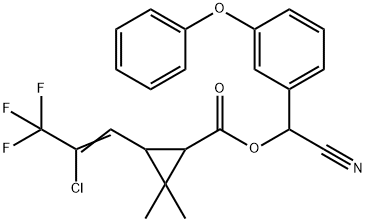
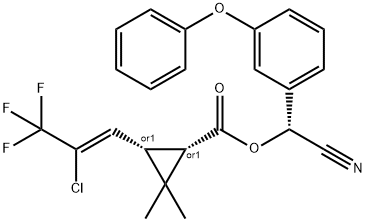
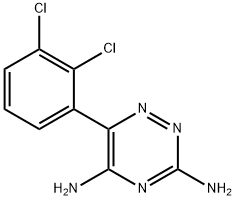
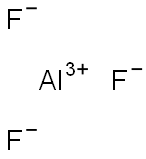

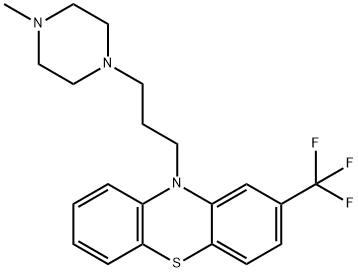
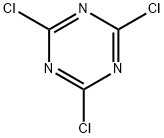
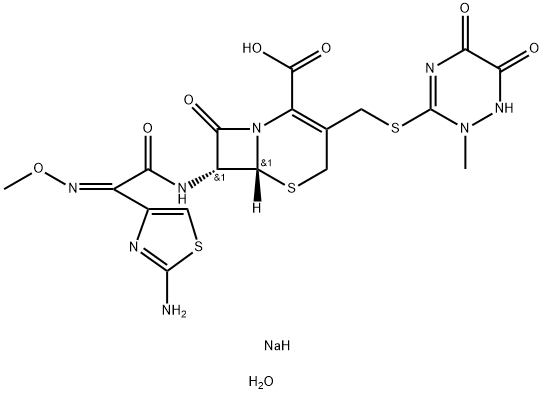
You may like
-
 Cyanuric fluoride 98% CAS 675-14-9View Details
Cyanuric fluoride 98% CAS 675-14-9View Details
675-14-9 -
 1823754-06-8 98%View Details
1823754-06-8 98%View Details
1823754-06-8 -
 1935373-20-8 3-(Bromomethyl)-6-fluoro-1,2-benzenediamine 98%View Details
1935373-20-8 3-(Bromomethyl)-6-fluoro-1,2-benzenediamine 98%View Details
1935373-20-8 -
 2-Chloro-5-(iodomethyl)pyrimidine 2268818-88-6 98%View Details
2-Chloro-5-(iodomethyl)pyrimidine 2268818-88-6 98%View Details
2268818-88-6 -
 2092793-98-9 98%View Details
2092793-98-9 98%View Details
2092793-98-9 -
 1360944-55-3 7-Methoxy-1H-indol-5-amine 98%View Details
1360944-55-3 7-Methoxy-1H-indol-5-amine 98%View Details
1360944-55-3 -
 2090480-14-9 98%View Details
2090480-14-9 98%View Details
2090480-14-9 -
![1-Methyl 2-bromo-5-[(1-carboxy-1-methylethyl)amino]benzoate 1651844-56-2 98%](https://img.chemicalbook.in//Content/image/CP5.jpg) 1-Methyl 2-bromo-5-[(1-carboxy-1-methylethyl)amino]benzoate 1651844-56-2 98%View Details
1-Methyl 2-bromo-5-[(1-carboxy-1-methylethyl)amino]benzoate 1651844-56-2 98%View Details
1651844-56-2